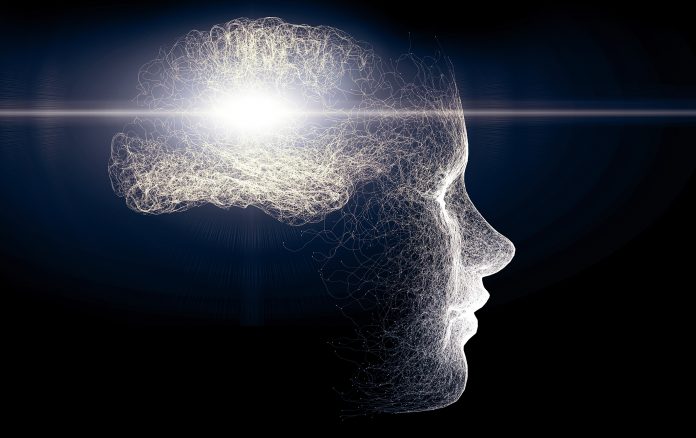The study, published in PLoS Biology, looked at the neurotransmitter in the brain that calculates whether to pursue a task – in other words, motivation
Neuroscientists are investigating how motivation literally works – why do humans do things? What pushes us to achieve goals or to search for food? Why do these urges diminish in those with mental disorders like depression?
In people suffering from depression or Alzheimer’s, the reward system of the brain is often altered. A key symptom of depression is the loss of motivation to get things done, or a disappearance of former interests. A team, led by Dr Yukiko Hori of National Institutes for Quantum and Radiological Science and Technology, Japan, have answered one of these burning questions.
The team looked at the anatomy of the reward system in the brain, trying to understand how it makes decisions – for instance, how does it calculate the benefit of a possible goal versus the trade-off of effort?
Dr Hori, explaining the drive behind this research, said: “Mental responses such as ‘feeling more costly and being too lazy to act,’ are often a problem in patients with mental disorders such as depression, and the solution lies in the better understanding of what causes such responses.
“We wanted to look deeper into the mechanism of motivational disturbances in the brain.”
How does dopamine create motivation?
Dr Hori focused on dopamine (DA), the neurotransmitter that plays a central role in inducing motivation and behaviour-regulation – based on the internal calculations made about the cost versus benefit of completing an action.
Dopamine is commonly associated with pleasure and getting things done. When it comes to the science, the impact of dopamine happens via receptors, which bind the dopamine molecules and feed their signals through the neuronal network of the brain.
Essentially, these signals can get interrupted or lost – meaning the body never receives the signal for motivation, or pleasure.
This study looks at two classes of receptor – D1R, and D2R – and how they change the behaviour of macaque monkeys.
Monkeys were injected to ‘dampen’ their responses to dopamine
Dr Takafumi Minamimoto, the corresponding author of the study, said: “We systematically manipulated the D1R and D2R of these monkeys by injecting them with specific receptor-binding molecules that dampened their biological responses to DA signaling.
“By positron emission tomography-based imaging of the brains of the animals, the extent of bindings or blockades of the receptors was measured.”
The scientists offered the monkeys chances to perform tasks, to achieve rewards. They observed if the monkeys accepted or refused to perform the tasks, while noting how quickly they responded.
So, how did D1R and D2R impact motivation?
The team found that decision-making that accurately understood the perceived benefit and cost of energy necessary to complete a task for a reward needed both receptors.
The two types of dopamine receptor were important to realising the size of the reward, and to increasing ‘delay discounting’ – which is when someone prefers immediate, smaller rewards over larger, but delayed rewards.
D1R and D2R were also found to be essential to regulating cost-based motivation via neurobiological processes for benefits – basically, the two receptors are crucial for understanding reward availability and the energy needed to get the task done.
But when it came to not caring about the value of the reward, based on the proportion of effort needed, the scientists found that D2R manipulation was exclusively responsible.











